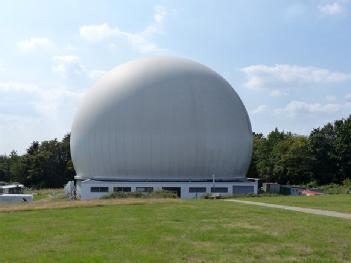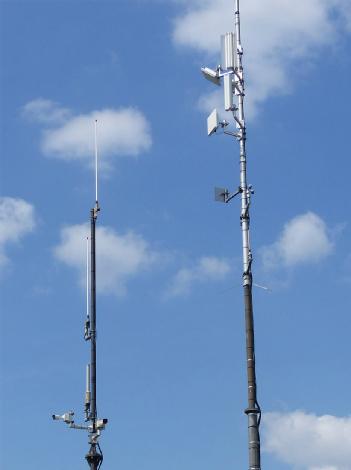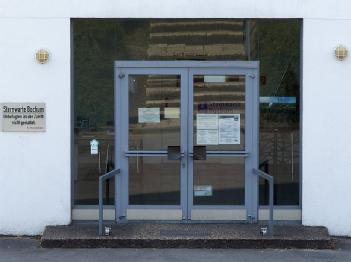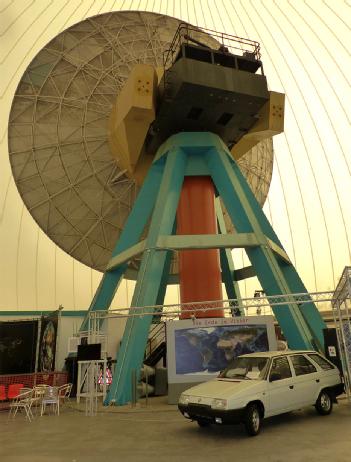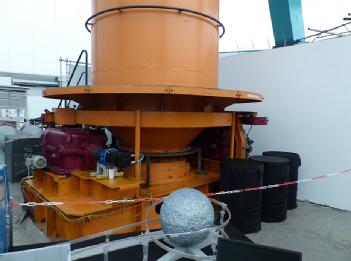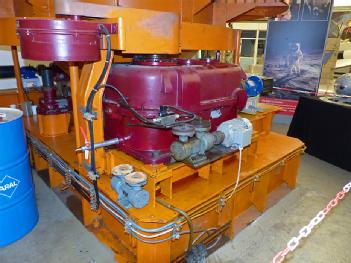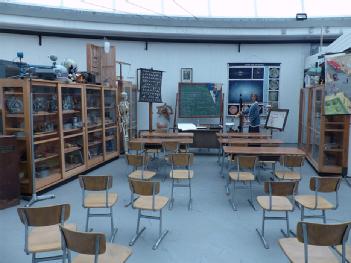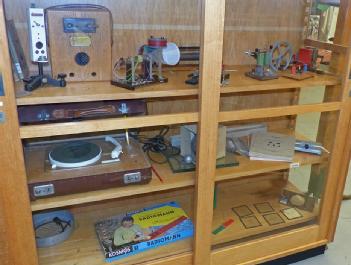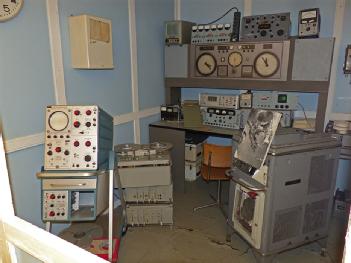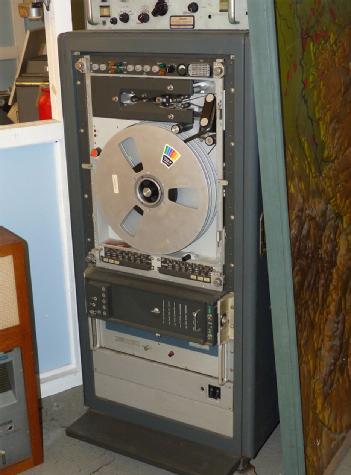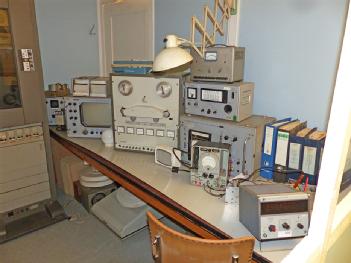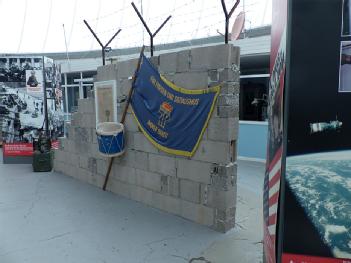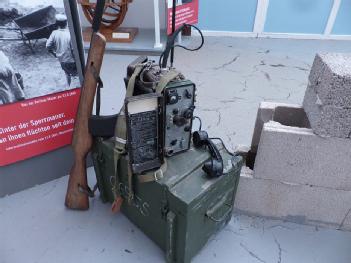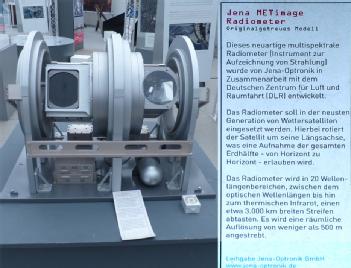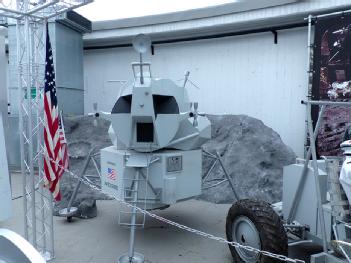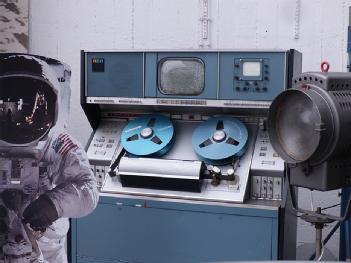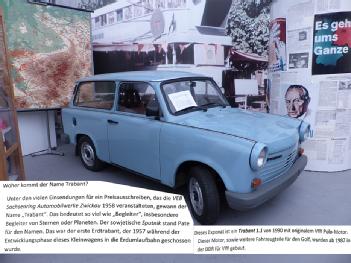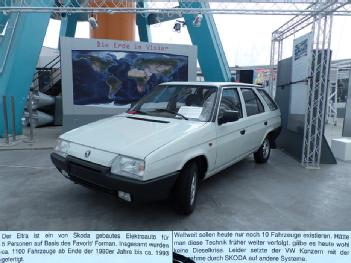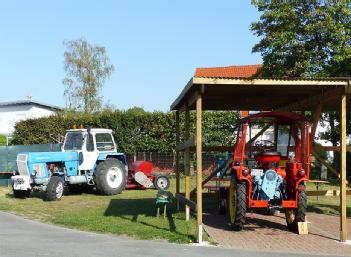
  |
Sternwarte Bochum - Institut für Umwelt- und Zukunftsforschung (IUZ) |
44797 Bochum-Sundern, Germany (Nordrhein-Westfalen) |
|
| Address |
Radom
Obernbaakstraße 6 |
| Floor area | 1 000 m² / 10 764 ft² |
Astronomy
- Passenger cars
- Wire- & tape recording
- Air and Space (aviation, spaceflight etc.)
- Measuring Instruments, Lab Equipment
- Amateur Radio / Military & Industry Radio
|
Opening times
|
Dienstag - Donnerstag: 11 – 16 Uhr; Freitag: 11 – 14 Uhr
April - Oktober Sonntag: 11 – 17 Uhr November - März Sonntag: 11 – 16 Uhr In den Sommerferien bitte zuvor anrufen ob das Radom wegen Betriebsferien geschlossen ist. Das Gelände mit den Antennen ist frei zugänglich. |
||||||||
|
Status from 07/2019
|
4 € |
||||||||
| Contact |
|
||||||||
| Homepage | www.sternwarte-bochum.de/1-1-radom | ||||||||
| Location / Directions |
|
Some example model pages for sets you can see there:
| Description | Wikipedia: History and accomplishments In 1946, Professor Heinz Kaminski founded Bochum Observatory as a popular observatory of the local Volkshochschule. Since 1957 and the launch of the first artificial satellite – Sputnik 1, whose signal was detected in Bochum – this developed into the Institute for Space Research / Observatory Bochum. It was renamed in 1982 as the Institute for Environment- and Future Research. Equipment The Institute today owns several antenna systems for receiving data from geostationary and orbiting satellites and interplanetary spacecraft. The IUZ's largest structure is the Radome (radar dome). This has a 40-meter-high (130 ft) dome, supported by excess pressure from inside, which protects a 20 m parabolic dish from the weather. The dish has a total weight of over 220 tonnes and can both receive and send data. As a result of a complete upgrading, the installation has an accuracy of about 1/1000 of a degree in positioning and is thus being prepared for the planned Mars mission AMSAT P5A, which will be partly navigated by the IUZ Bochum. Otherwise there is 1000 square meters of exhibition space and a lecture room for 160 people. Long-term exhibition Cosmos, Communism, Cold War – Sputnik 50: The History of Space Travel in Two Political Systems is the exhibition in the Radom of Bochum Observatory, supported by the "Federal Foundation for Studying the SED-Dictatorship". It documents the events of the Space Race from the first detection of the Sputnik signal in 1957 up to the present day. "The People's Observatory Bochum", one of the few institutions capable of receiving the first signals from Sputnik, became an important place in West Germany for the latest news and information about space. A special exhibition has been put on show in this historic location in space history, with numerous exhibits gathered from all of Germany documenting the instrumentation of space travel. |
[dsp_museum_detail.cfm]
| Data Compliance | More Information |

 iuz-bochum.de
iuz-bochum.de 